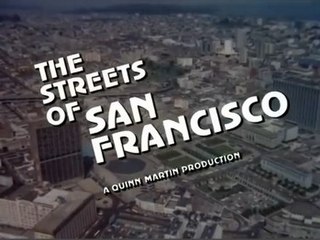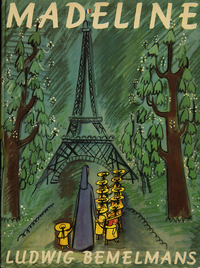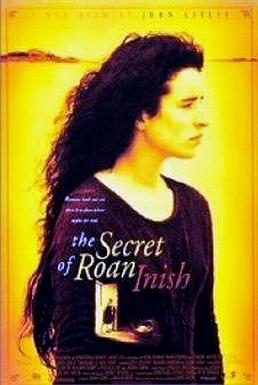Lists
















23 Music Artists
Music to listen to
Sort by:
Recent Desc
More lists by sean



Tonight
List includes: Strangers on a Train, The English Patient, Howards End
July 2023
0
@sean1

To Read
List includes: The Scarlet Letter, F. Scott Fitzgerald, Graham Greene
June 2022
0
@sean1

TV to Watch
List includes: Batman, The Streets of San Francisco
June 2022
0
@sean1



Kids
List includes: Madeline, Atlantis: The Lost Empire, The Secret of Roan Inish
July 2019
0
@sean1

